With the rapid growth of the Indian aviation industry, the demand for skilled Aircraft Maintenance Engineers (AMEs) has risen dramatically. These professionals play a vital role in ensuring the safety and airworthiness of aircraft. As aviation continues to expand, a career in aircraft engineering is becoming increasingly rewarding and sought-after.
With the rapid growth of the Indian aviation industry, the demand for skilled Aircraft Maintenance Engineers (AMEs) has risen dramatically. These professionals play a vital role in ensuring the safety and airworthiness of aircraft. As aviation continues to expand, a career in aircraft engineering is becoming increasingly rewarding and sought-after.
If you're passionate about aircraft systems, engines, avionics, and mechanical troubleshooting, pursuing a career in AME engineering might be the perfect path for you. In this blog, we’ll explore how to become a licensed AME in India, with insights into training processes, certification requirements, and the significance of choosing the right institution, particularly one of the top DGCA-approved AME colleges like those under the Sha-Shib Group.
Who is an Aircraft Maintenance Engineer?
An Aircraft Maintenance Engineer is a certified professional responsible for maintaining, repairing, inspecting, and ensuring the continued airworthiness of aircraft. They work on critical aircraft components such as engines, electrical systems, hydraulics, avionics, and structural systems.
AMEs must be licensed by the Directorate General of Civil Aviation (DGCA) — the regulatory authority overseeing civil aviation in India. To become licensed, one must undergo rigorous training at an AME college approved by DGCA, followed by practical experience and module-based evaluations.
Step-by-Step Guide to Becoming a Licensed AME in India
Let’s walk through the process of becoming a licensed AME, with a focus on training provided by premier aircraft maintenance engineering colleges in India, like those operated by the Sha-Shib Group.
Step 1: Educational Qualification
The first step is to meet the eligibility criteria. Aspiring students must have:
- Completed higher secondary education (10+2) with Physics, Chemistry, and Mathematics
OR
Completed a 3-year diploma in Mechanical, Electrical, Electronics, or Aeronautical Engineering
- This academic foundation is essential before pursuing an aircraft engineering course.
Step 2: Enroll in a DGCA-Approved AME Institute
Candidates must then enroll in a DGCA approved AME college under CAR 147 (Basic). Institutes like those in the Sha-Shib Aviation Academy offer 3-year AME training programs under categories:
- B1.1 (Mechanical)
- B2 (Avionics)
Sha-Shib Group runs 10 DGCA-approved AME colleges across India, all equipped with the facilities, faculty, and practical infrastructure required for comprehensive training. These institutes are recognised among the best aircraft maintenance engineering colleges in India, with structured courses aligned to DGCA and ICAO (International Civil Aviation Organisation) standards.
Step 3: Theoretical & Practical Training
Once admitted, students undergo classroom-based theoretical training along with extensive practical sessions. The curriculum is based on CAR 66, the DGCA regulation that outlines licensing requirements.
Students study aircraft systems, engines, instruments, avionics, and safety protocols while simultaneously engaging in lab sessions, simulation exercises, and mock maintenance tasks. This blend of theory and practice is essential for mastering the skills required in aircraft engineering.
Step 4: Clear DGCA Module Exams
To progress toward licensure, students must pass DGCA-prescribed module exams. Each module is carefully designed to ensure students meet international aviation safety and technical competency standards.
Step 5: Hands-On Experience at CAR 145 MROs
Real-world experience is a crucial element of the aircraft engineering course. At Sha-Shib Group institutions, students gain hands-on exposure at 13 DGCA-approved CAR 145 MROs (Maintenance, Repair, and Overhaul centres) located across India. This practical training helps develop expertise in troubleshooting, component replacement, system testing, and compliance documentation — skills vital for an AME.
Step 6: Skill Evaluations and Viva
After gaining sufficient practical experience, students undergo evaluations to assess their skills and knowledge. This includes:
Oral viva examinations
Practical demonstrations
Aircraft-type specific assessments
These tests evaluate the student’s understanding of aircraft operations and their ability to apply classroom knowledge in real-world settings.
Step 7: Apply for an AME License
Once all training, module exams, and practical assessments are completed, candidates become eligible to apply for the AME license from DGCA. This license is mandatory to perform maintenance and issue certificates of release to service on aircraft.
After obtaining the license, graduates can pursue roles such as:
Aircraft Maintenance Engineer
Quality Assurance Officer
Continuing Airworthiness Manager
Planning Manager
Technical Office
Workshop Manager
Aircraft Technician
Career Opportunities and Future Scope
Licensed AMEs are in high demand across sectors like:
Airlines (IndiGo, Air India, Vistara, GoFirst)
MRO companies (AIESL, Sha-Shib MROs, Air Works)
Aircraft manufacturing companies
Corporate aviation & charter services
International airlines and organizations
With India becoming a major aviation hub, the scope for AMEs has expanded significantly. Moreover, DGCA-licensed AMEs from India are also eligible for global opportunities in EASA and FAA jurisdictions, provided they meet the respective regulatory requirements.
Why Choose Sha-Shib Group for AME Engineering?
Choosing the right AME college approved by DGCA is essential for building a successful career. The Sha-Shib Group has emerged as one of the most reputable and largest aviation education groups in South Asia.
Highlights of Sha-Shib Group:
- Ten DGCA-approved AME colleges across India
- 13+ MROs and sub-bases for practical training
- Exposure to 28+ live and functional aircraft
- Industry tie-ups with reputed aviation companies
- Advanced infrastructure, including hangars, jet engine labs, and avionics workshops
- Optional dual degree programs (B.Sc., BBA, B.Tech, etc.) for academic progression
SAA Kochi provide more than just academic instruction; they shape confident, industry-ready AMEs equipped with technical acumen, safety compliance knowledge, and real-time experience.
Conclusion
Becoming a licensed Aircraft Maintenance Engineer in India is a structured, intensive, and rewarding journey. With the right combination of academic training, practical exposure, and regulatory compliance, students can launch a thriving career in the aviation industry.
Choosing top-tier aircraft maintenance engineering colleges in India — especially those backed by the Sha-Shib Group — ensures you're learning in a world-class environment that aligns with DGCA and international aviation standards. If you're serious about joining the aviation maintenance profession, begin your journey today with a DGCA approved AME college like Sha-Shib — and prepare to soar into a high-flying, global career in aircraft engineering.


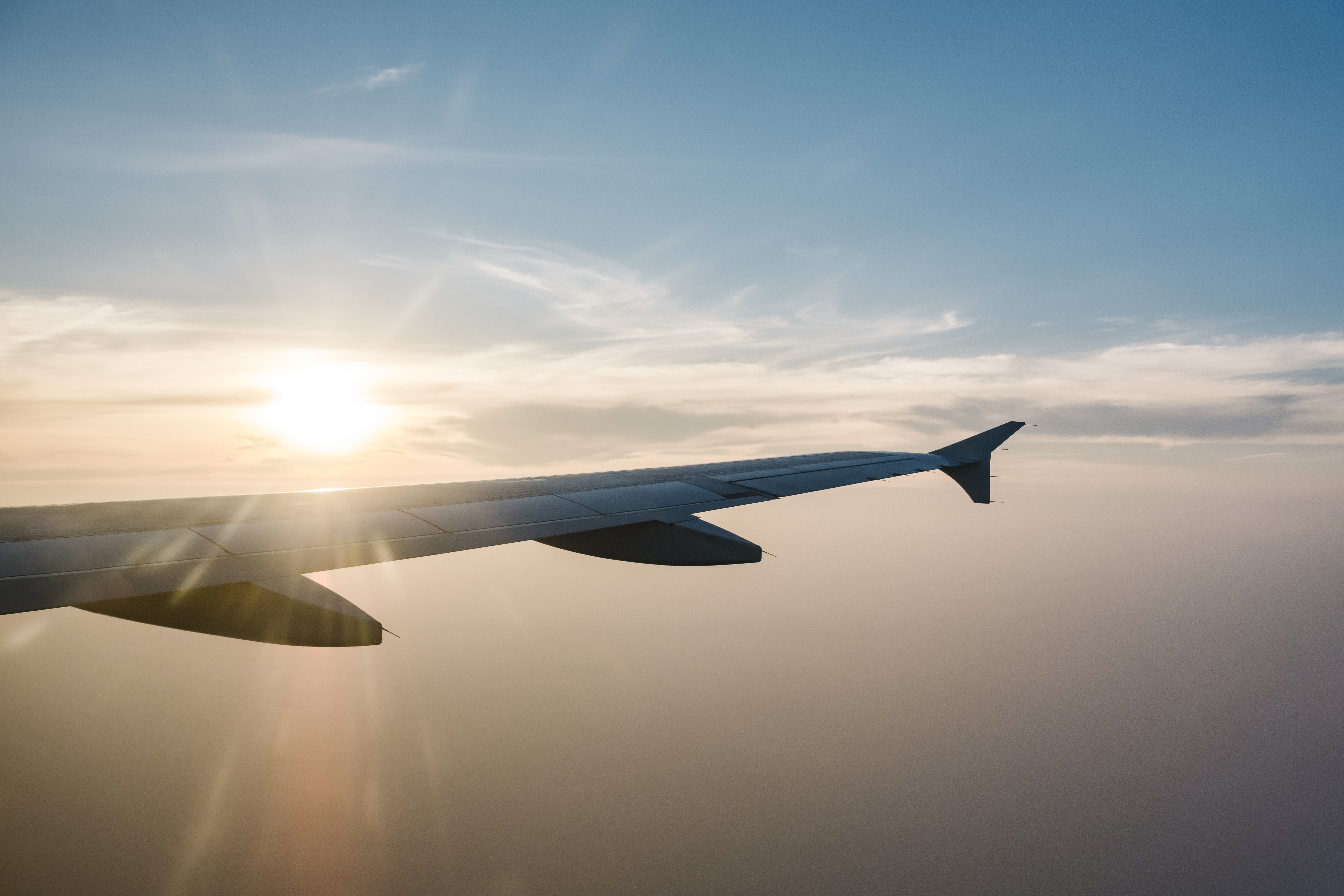
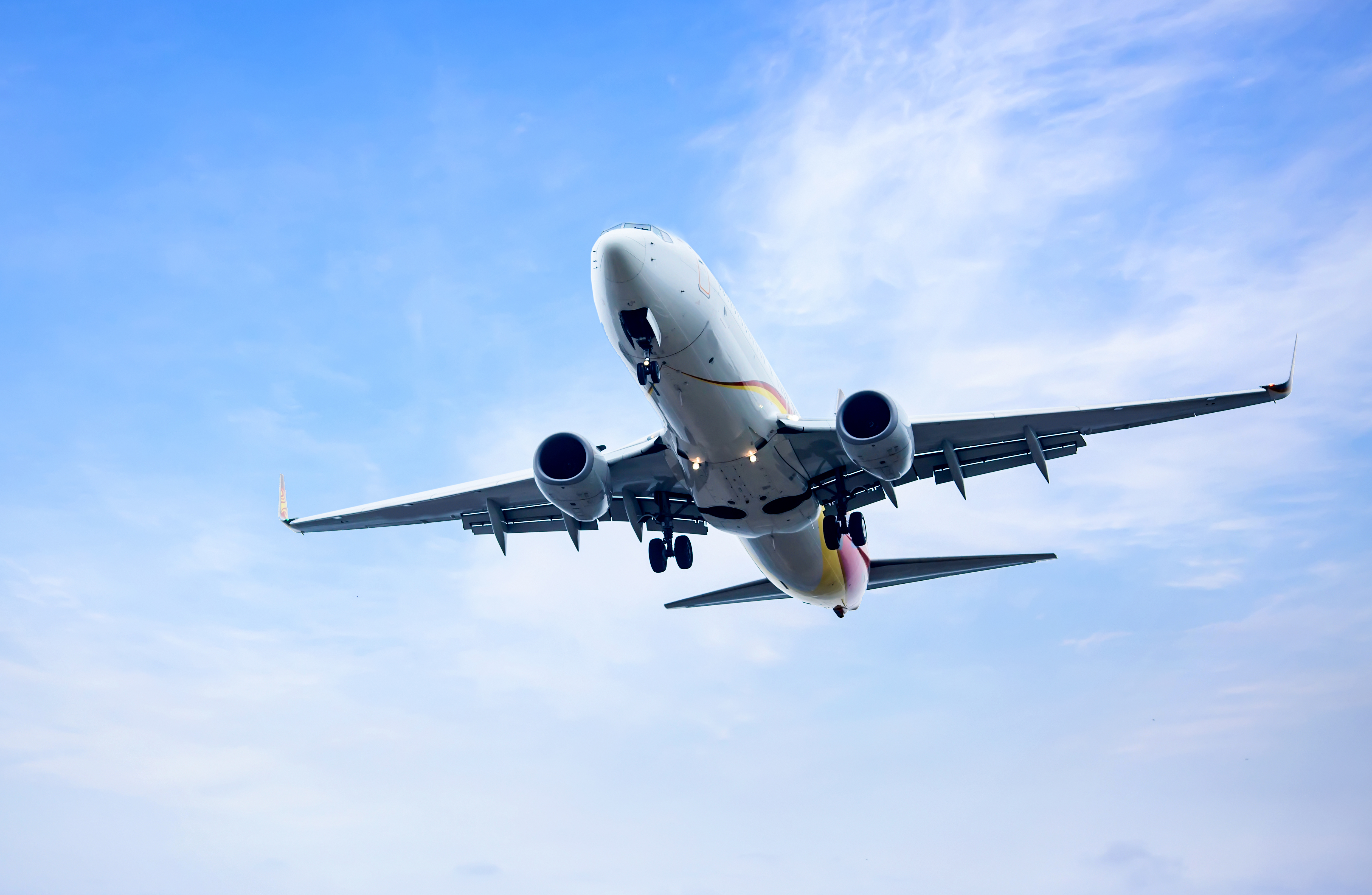
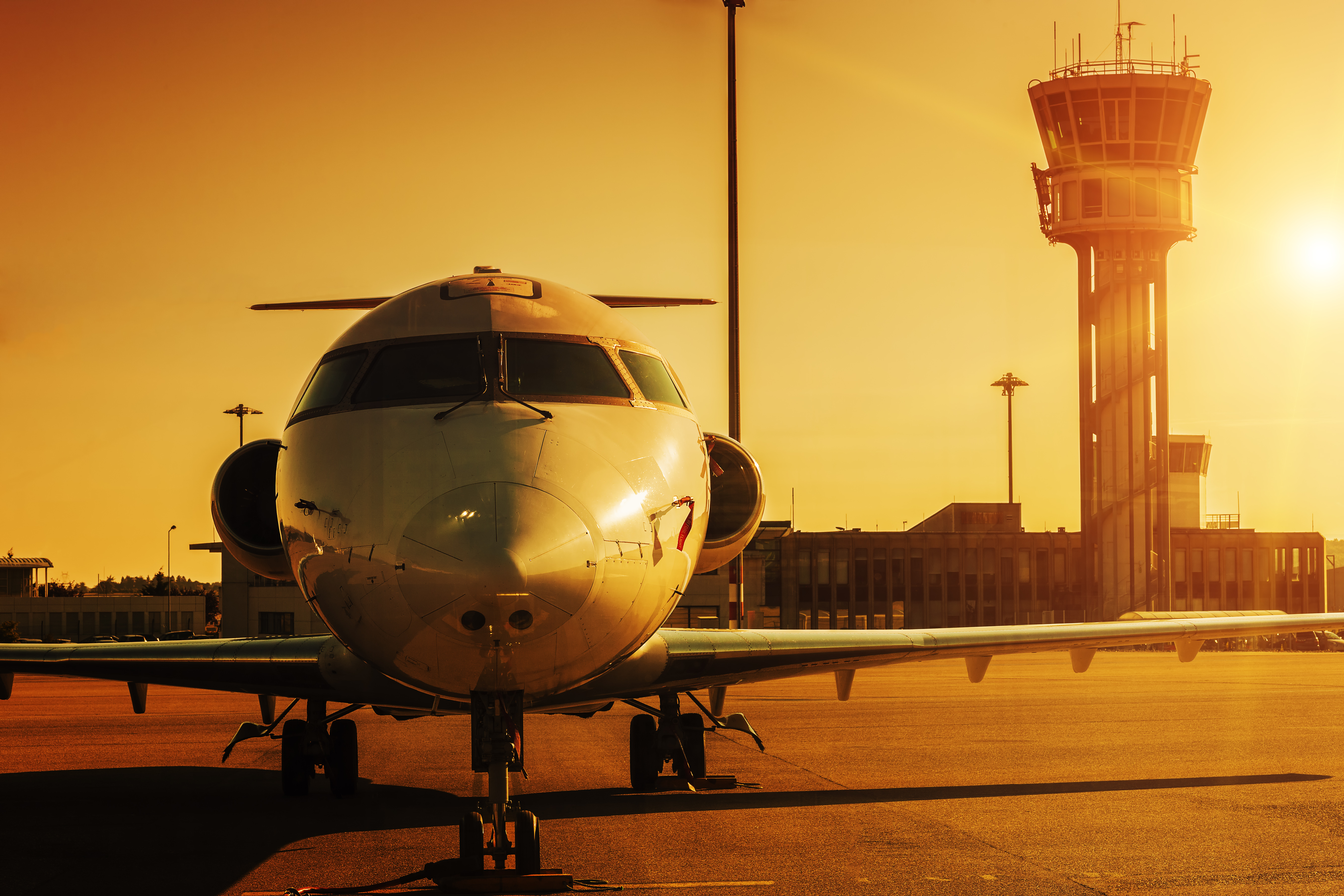
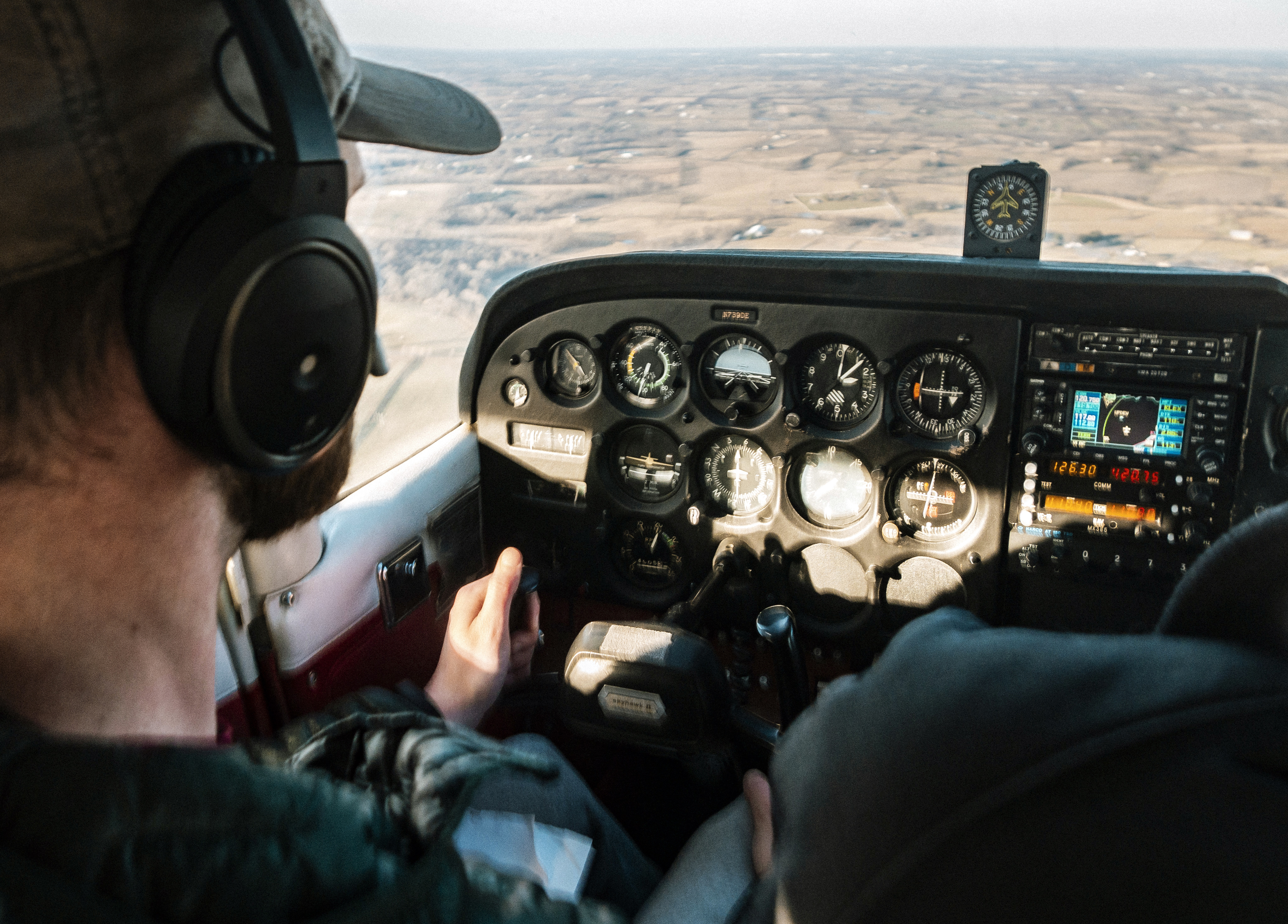
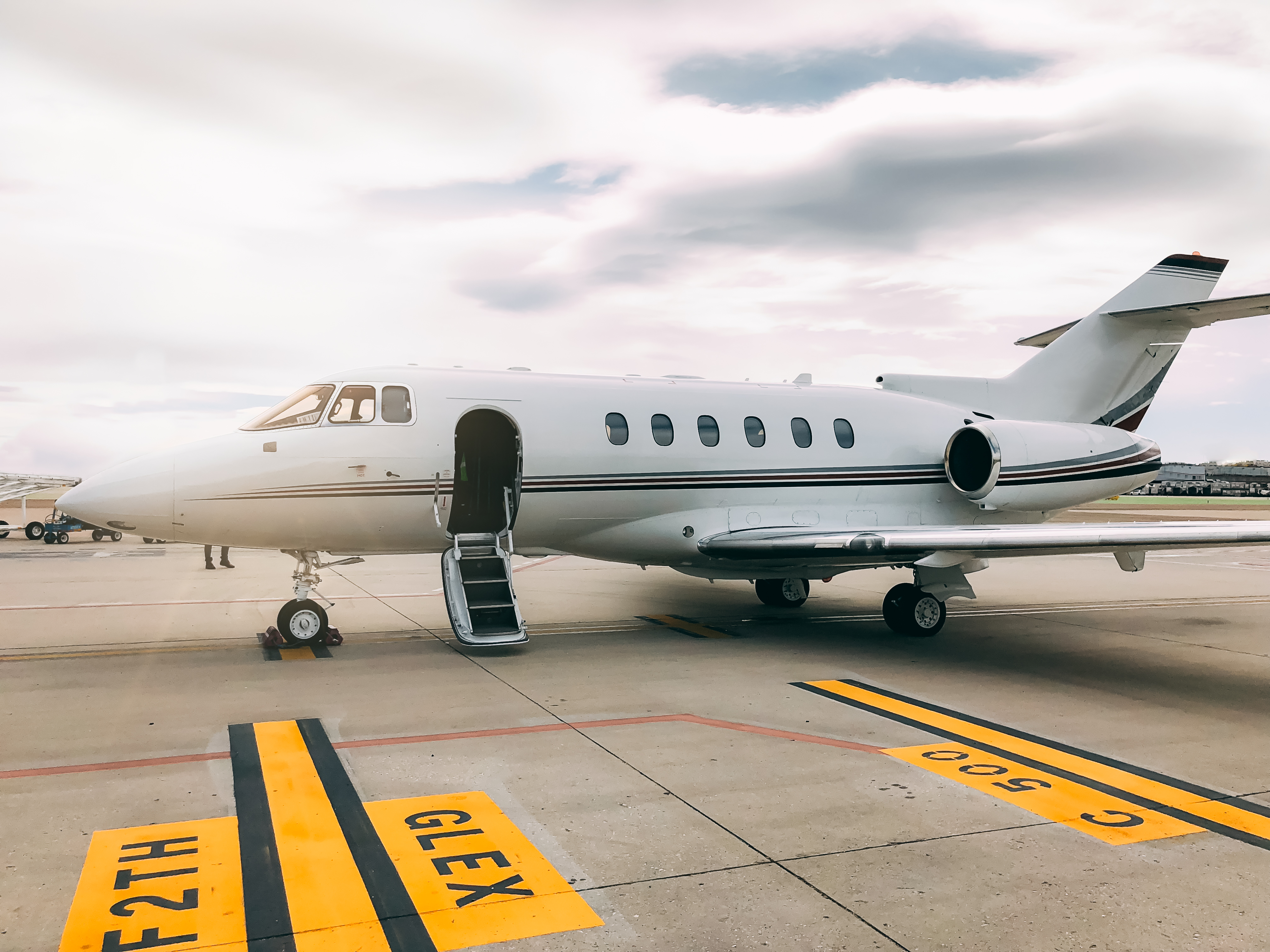

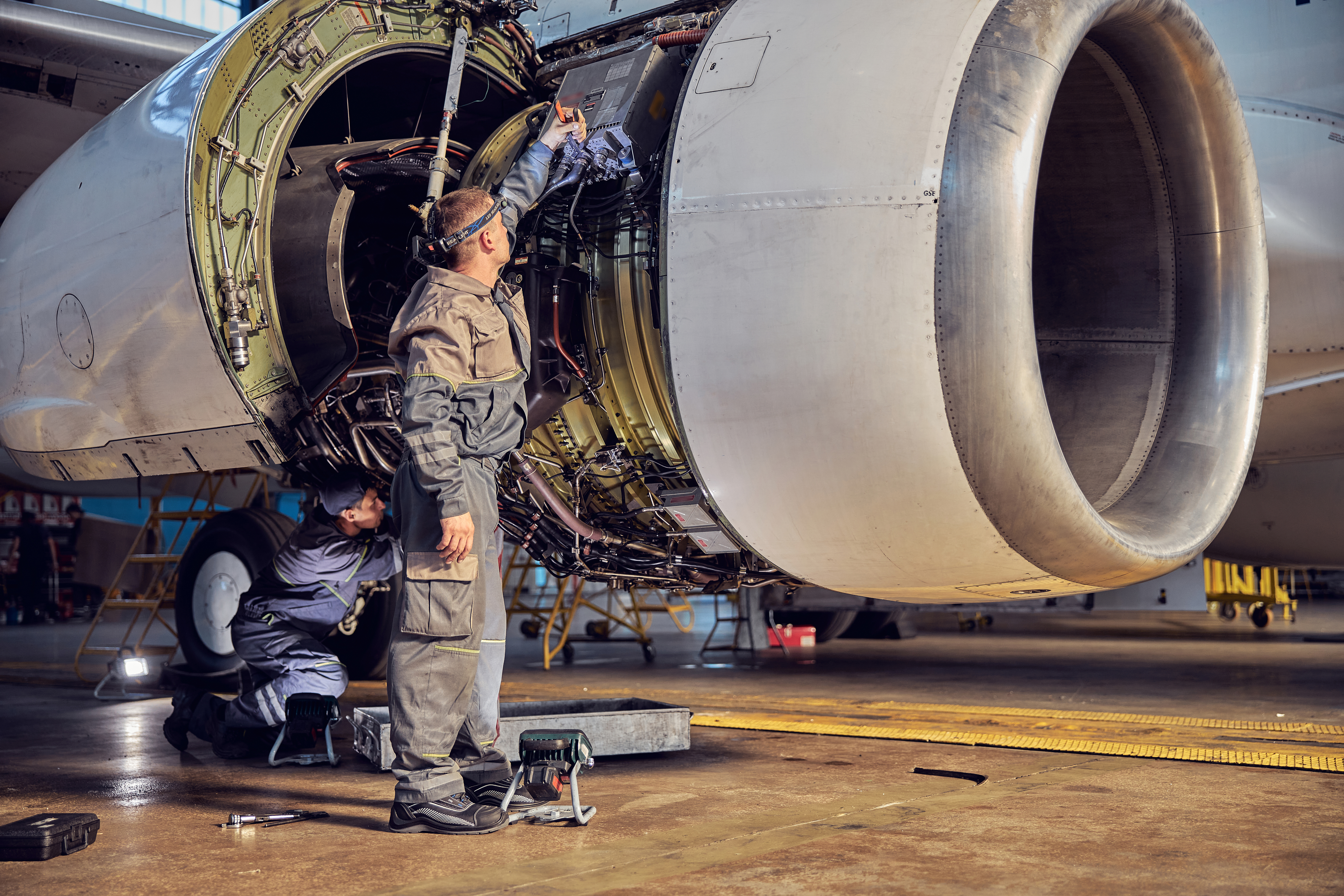
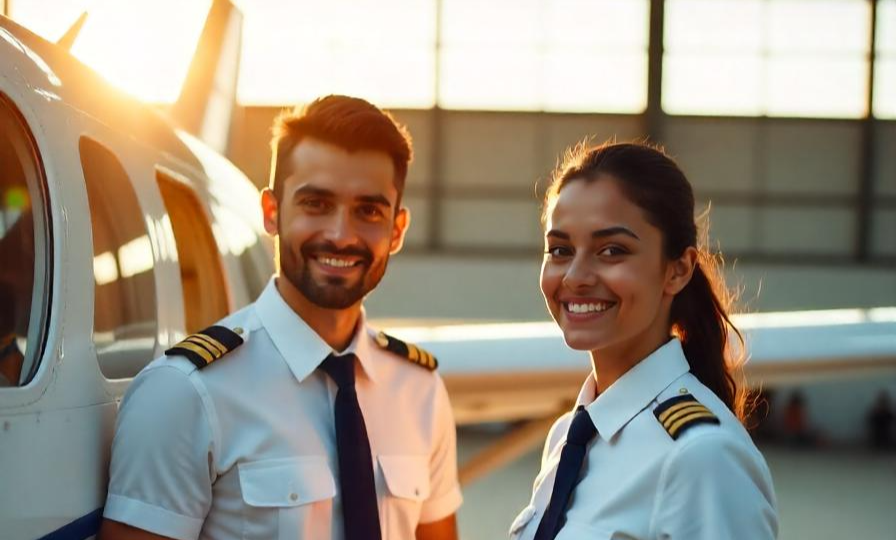
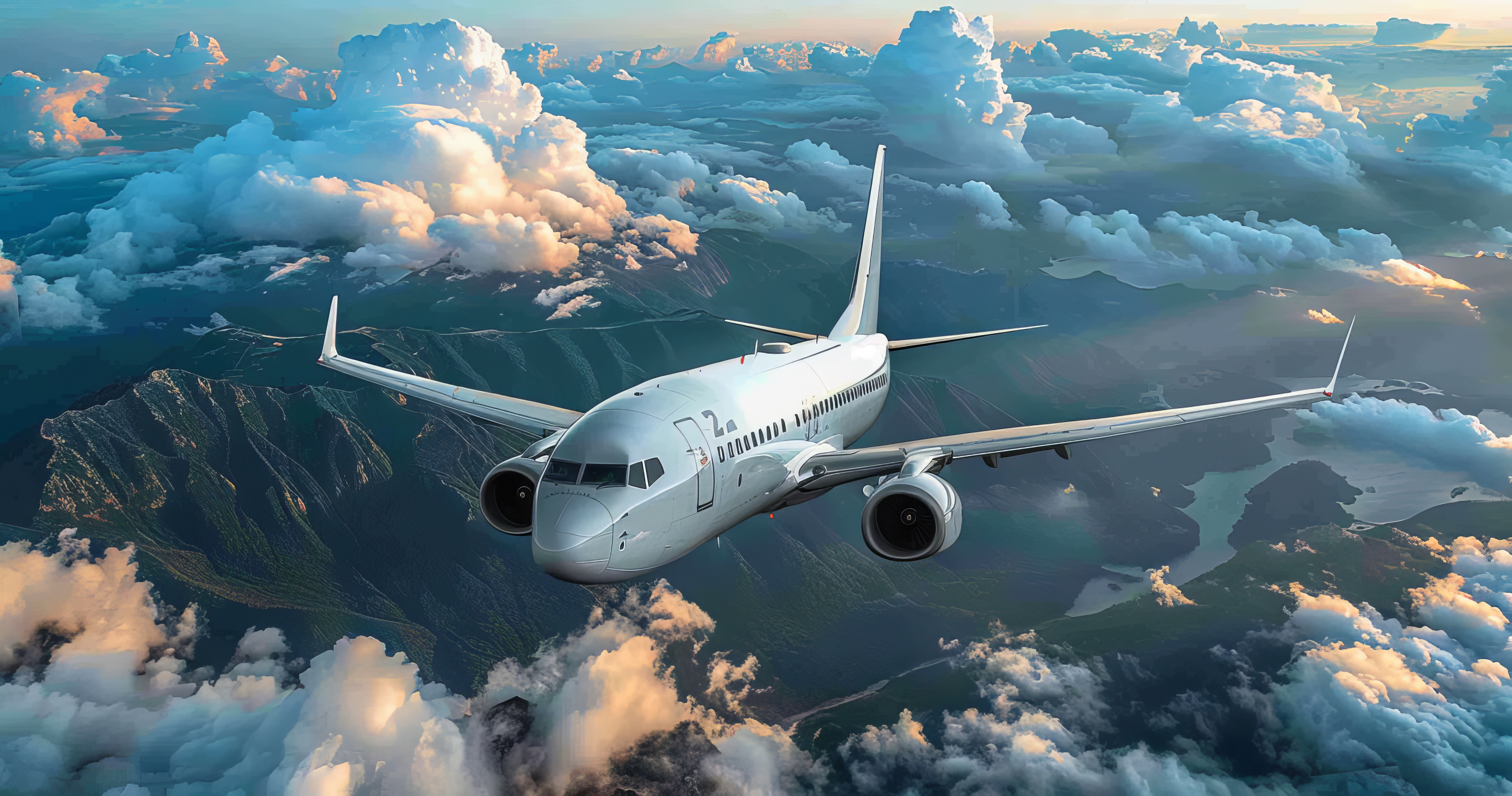
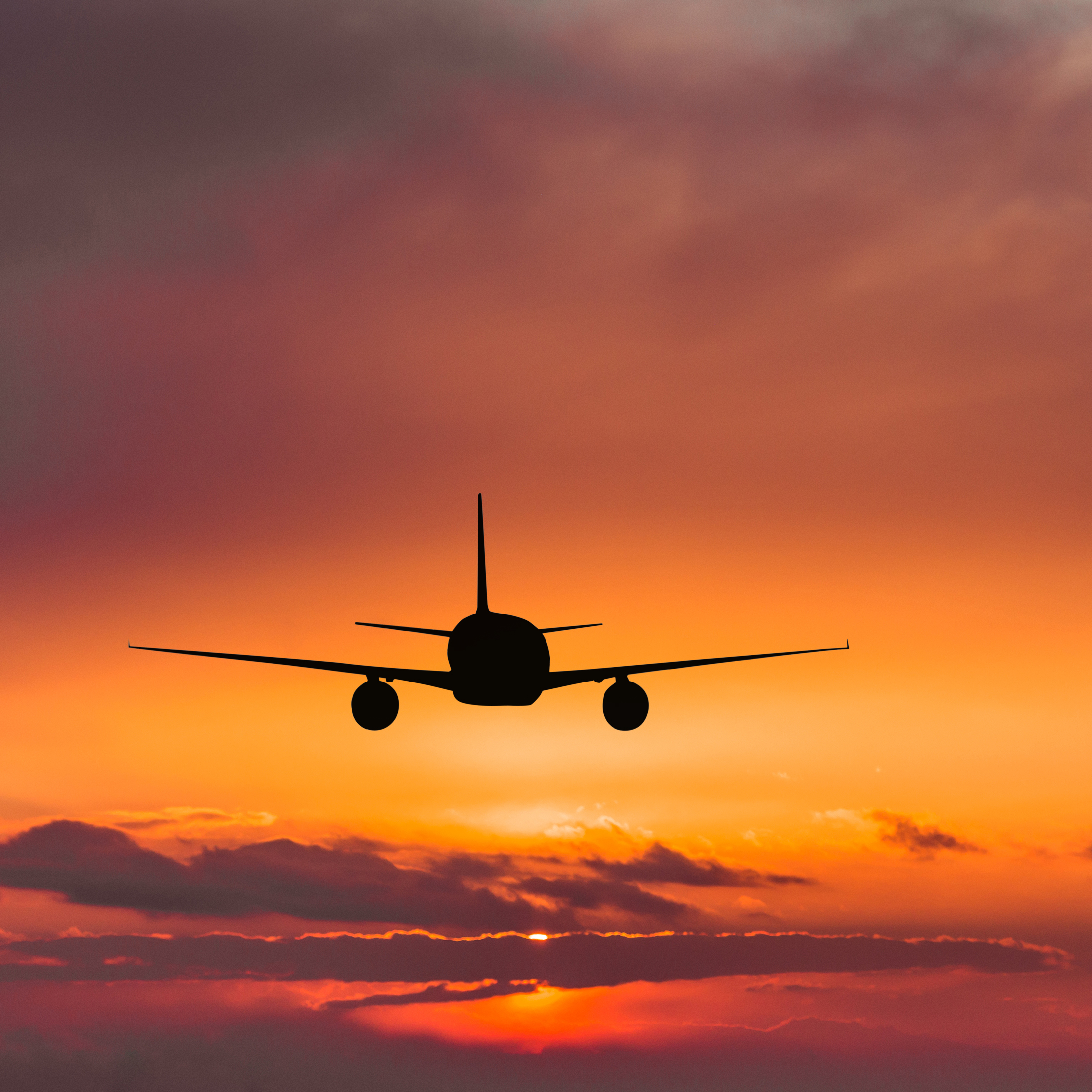
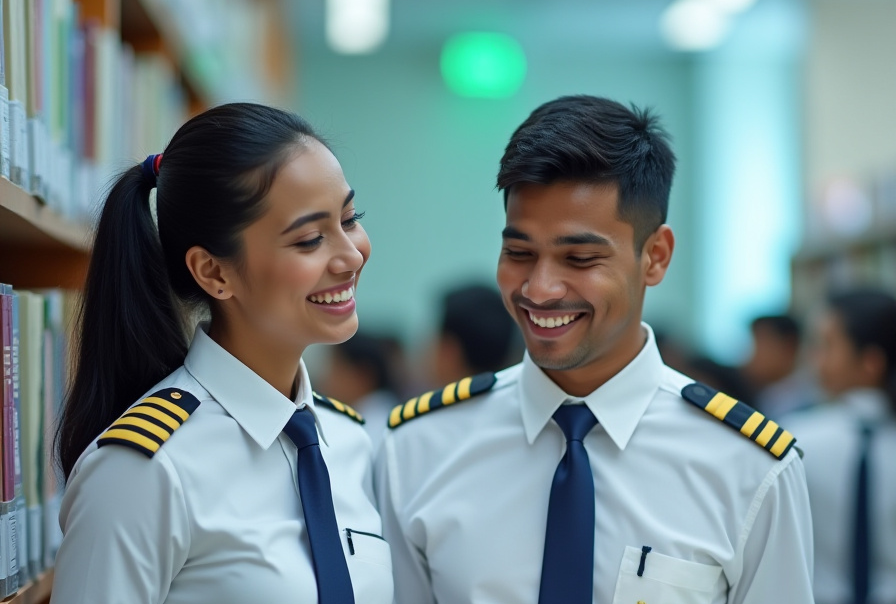
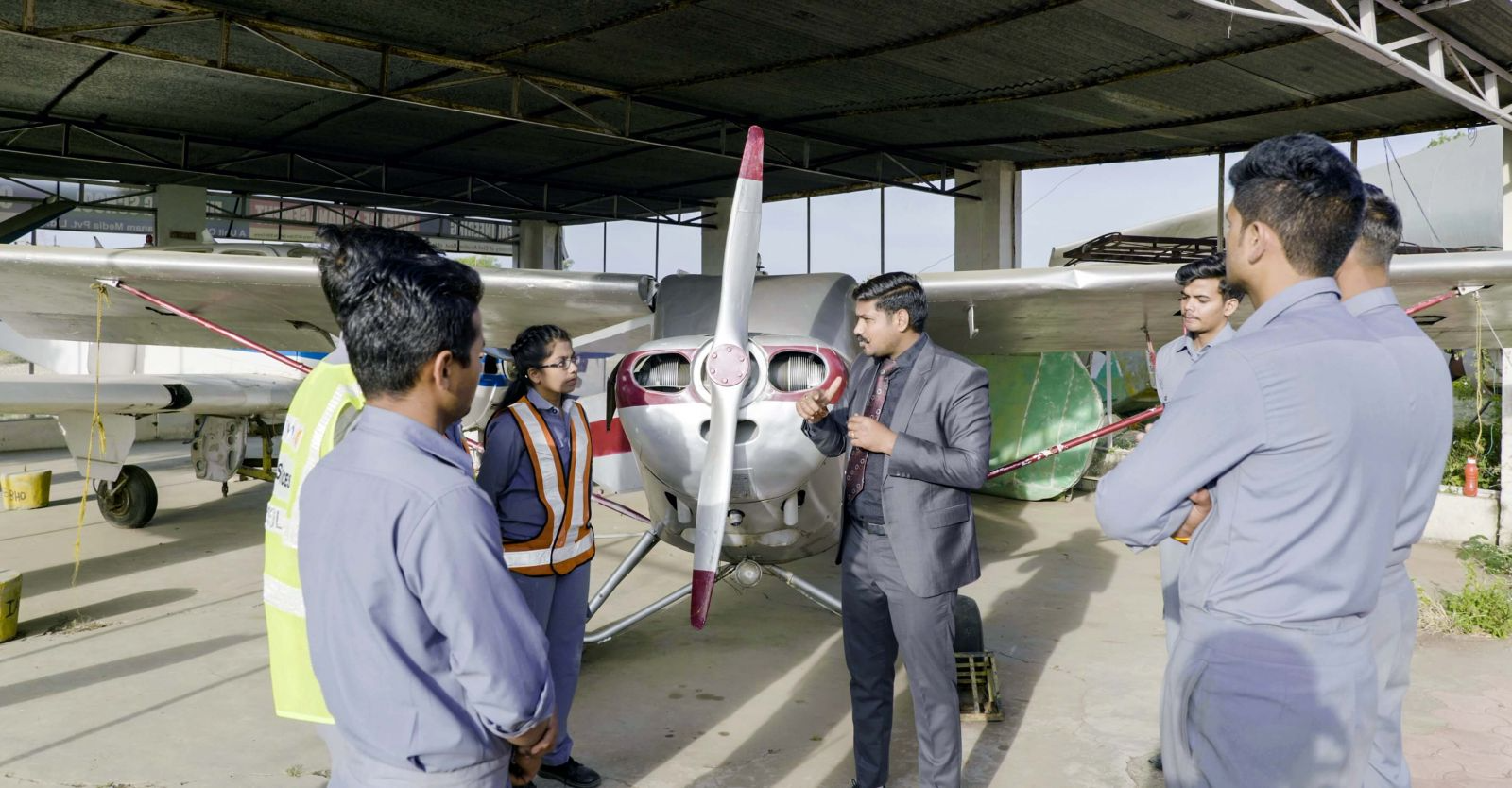
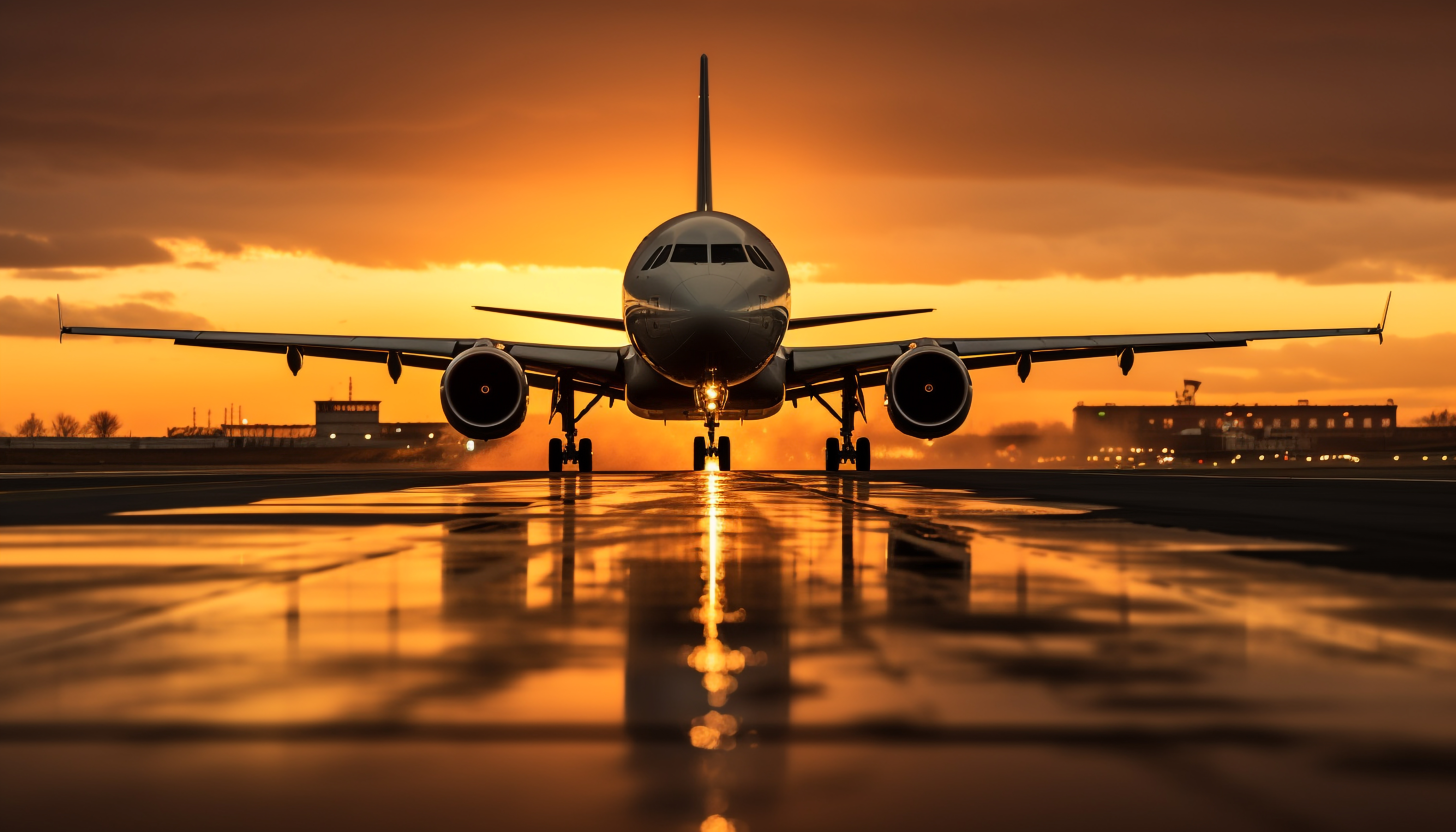
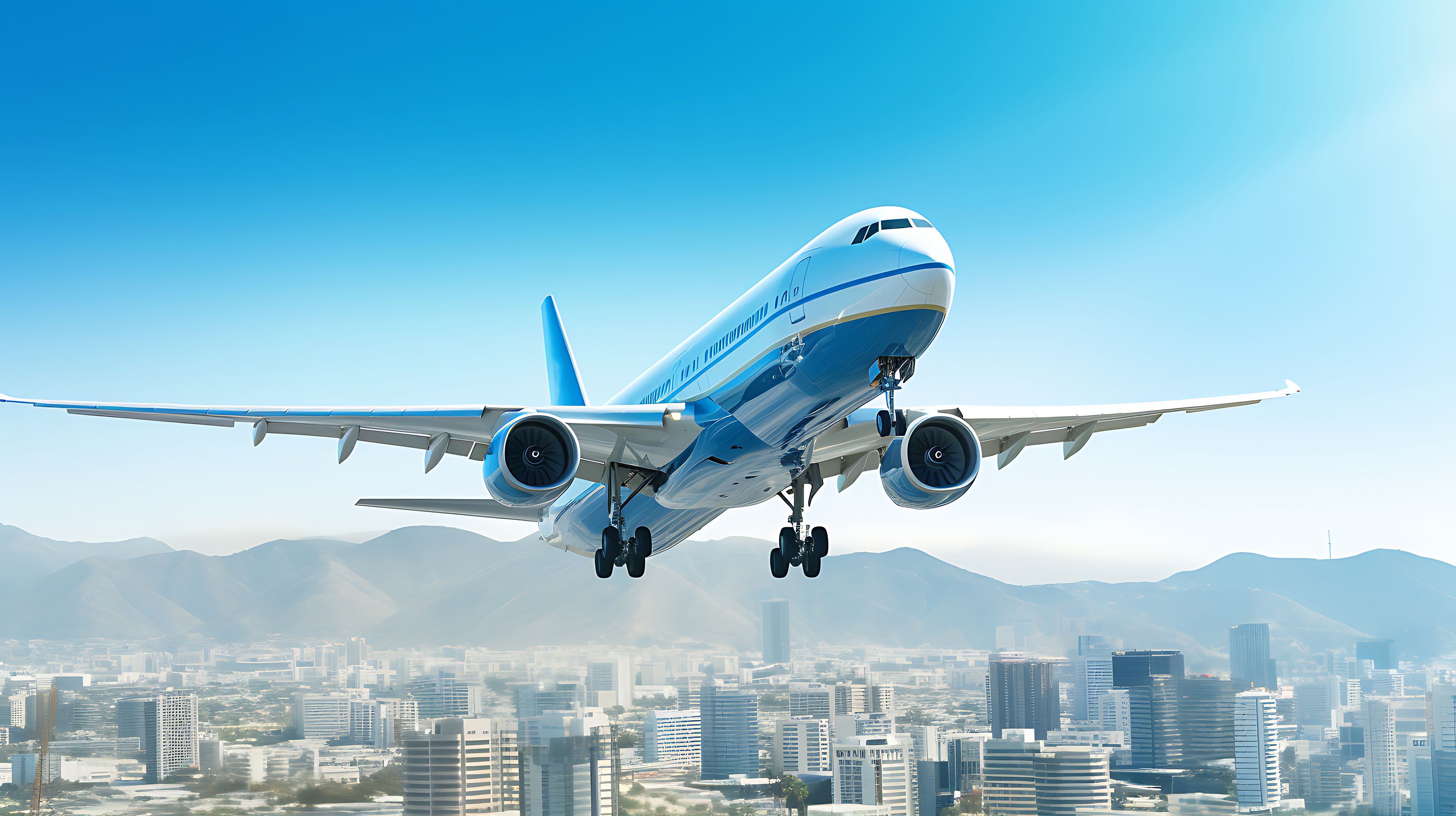

Apply Now